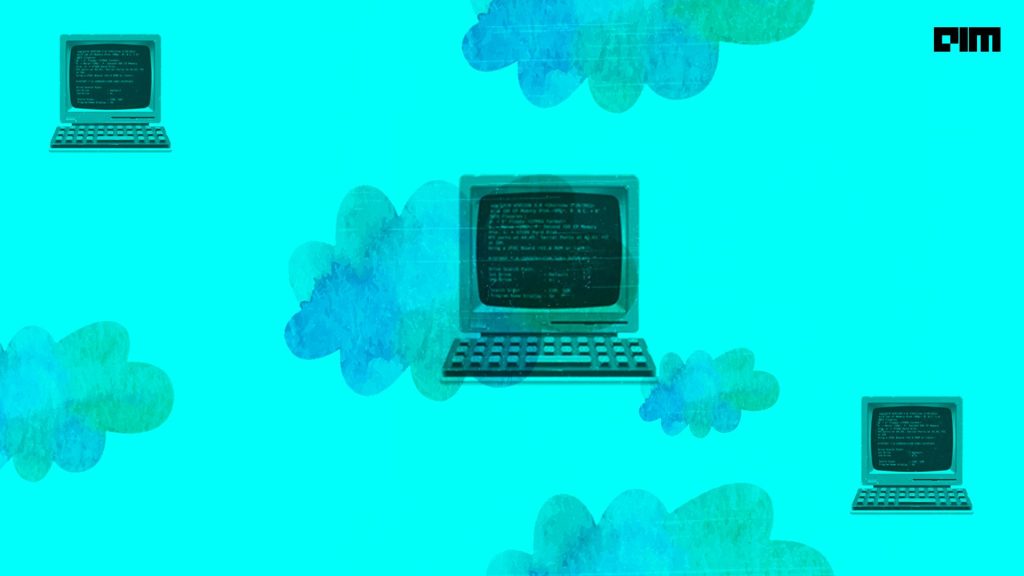A Statista study shows that the number of IoT devices connected worldwide reached 10.07 billion in 2021, which is estimated to grow to over 25 billion by the end of the year 2025. Such a large amount of devices in constant communication would require huge amounts of data that is quick to process and yet sustainable. Cloud computing and fog cloud computing techniques have been traditionally used for IoT solutions. However, this trend is changing with the introduction of edge computing. Will cloud and fog computing methodologies eventually lose against edge computing?
Cloud computing: The global staple
Cloud computing is the process of delivering on-demand services or resources over the internet that allows users to gain seamless access to resources from remote locations without expending any additional time, cost or workforce. Switching from building in-house data centres to cloud computing helps the company reduce its investment and maintenance costs considerably.
The key benefits of cloud computing are:
- Cost efficiency – A significant reduction in operational costs.
- Resource integration – Many users can use the same resource in real-time.
- Upscaling – Companies can commence projects at a minuscule level and expand during the course of the project.
Since cloud computing deals with resources in remote locations, the collection and processing of data experiences a time lag. This time lag, although negligible in most cases, becomes a serious issue with real-time projects or time-sensitive applications like online gaming, e-commerce sites, etc.
Fog computing: faster but smaller
Fog computing is a type of computing architecture that utilises a series of nodes to receive and process data from IoT devices in real-time. It is a decentralised infrastructure that provides access to the entry points of various service providers to compute, store, transmit and process data over a networking area. This method significantly improves the efficiency of the process as the time utilised in the transmission and processing of data is reduced. In addition, the implementation of protocol gateways ensures that the data is secure.
Some of the advantages of fog computing are:
- Latency – Low latency ensures seamless processing of data in real-time.
- Integration – Multiple nodes of data transmission as well as IoT devices can be operated.
- Mobility – Fog computing supports the mobility of IoT devices to a certain extent.
- Privacy – User’s sensitive data can be analysed locally instead of sending it to the centralised cloud infrastructure.
Fog computing provides added security to the network. However, encryption protocols and gates lead to denser data which is difficult for arbitrary devices to process. Achieving data consistency is another challenge faced by the architecture.
Edge computing: the underdog
Cloud or fog data prove to be unreliable when dealing with applications that require instantaneous responses with tightly managed latency. Edge computing deals with processing persistent data situated near the data source in a region considered the ‘edge’ of the apparatus.
Implementation of edge computing has some key benefits:
- Latency – The time elapsed in the transmission and processing of data is negligible.
- Feasibility – Reduced cost of cloud services and their processing costs results in a cost-effective architecture.
- Portability – The IoT devices can be moved around in the general area covered by ‘edge’.
- Operational autonomy – With local storage and computation, it allows the solutions to function seamlessly, even if it is not connected to the network.
Although the adoption of edge computing has significantly increased with the rise of real-time applications, it still relies on cloud computing for large scale propagation from remote locations.
Cloud and Fog: Interplay with IoT
The synergy between IoT and cloud computing gives tremendous opportunities for companies to utilise explosive growth in terms of location, scale and speed of access. Companies like AWS, Microsoft Azure, etc., play different roles in the IoT ecosystem by providing a torrent of services for applications like smart agri IoT, device lifestyle management, smart-home solutions, etc.
The users become increasingly efficient as they harness the symbiosis of fog computing with IoT in applications like video streaming, online gaming, real-time healthcare monitoring, smart traffic light systems, etc.
Is the future cloudy, foggy or edgy?
The future of edge and cloud computing is rapidly evolving with increased connectivity, reduced storage costs, etc. According to Forbes.com, some analysts claim that edge computing will replace cloud computing. Edge computing has played a fundamental role in 5G applications as low latency plays a crucial role in high-speed networking. However, edge computing relies heavily on cloud and fog computing when it comes to projects spanning large areas. In the current scenario, brands follow the trend of utilising an amalgam of the three architectures in tandem with each other.

























